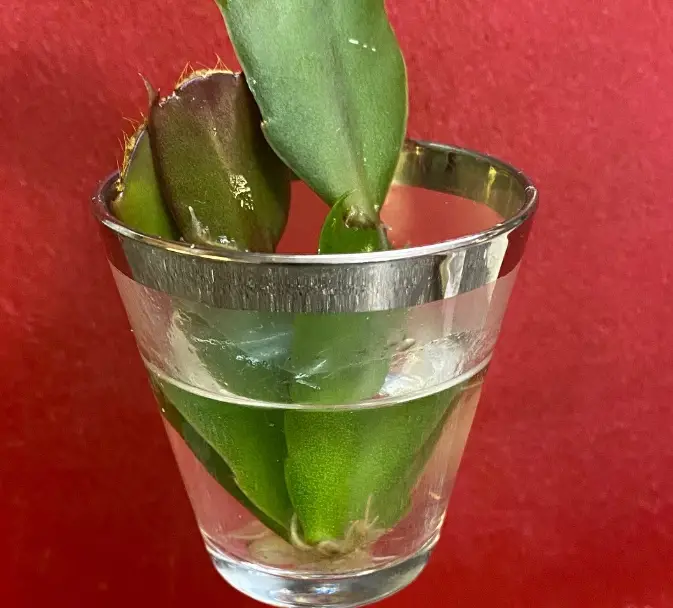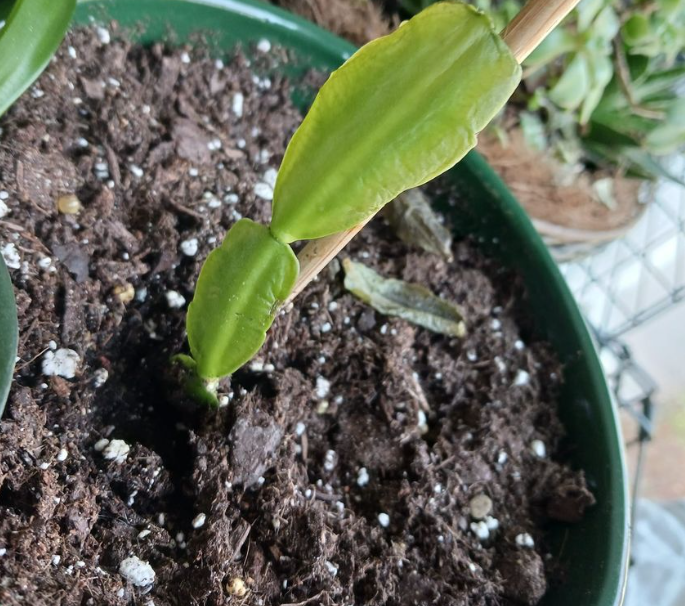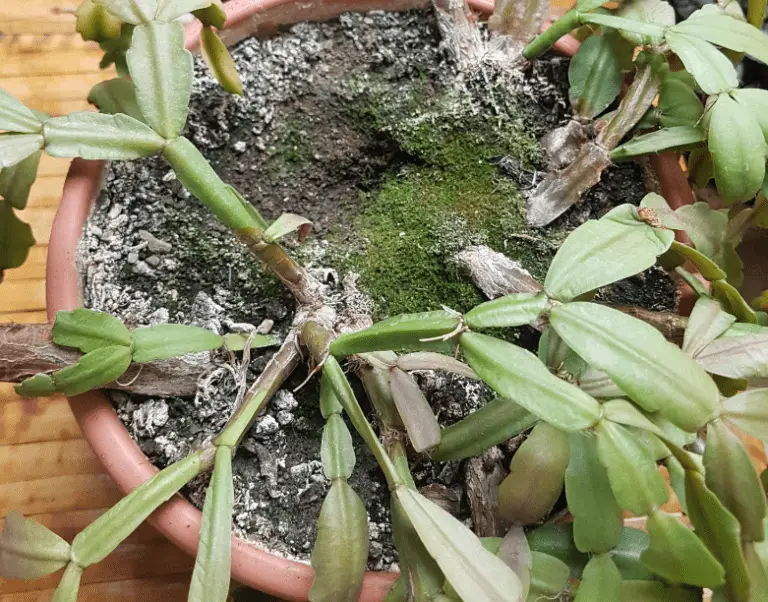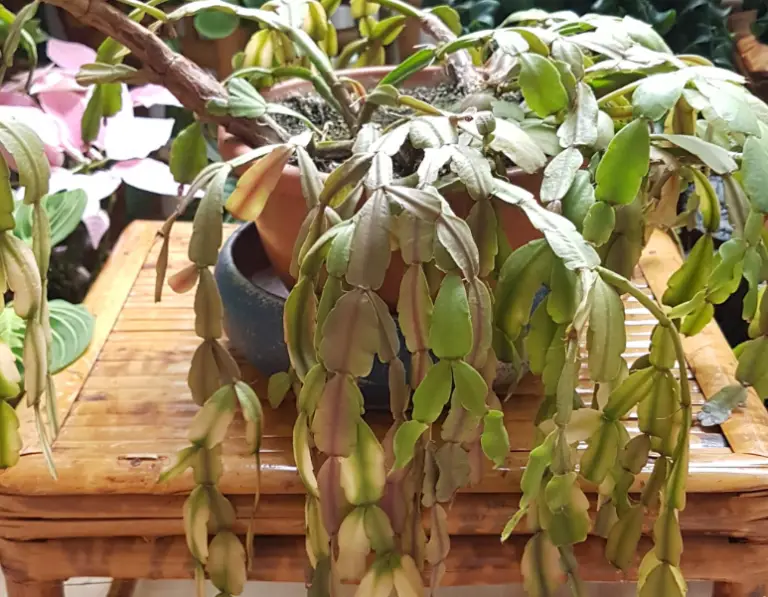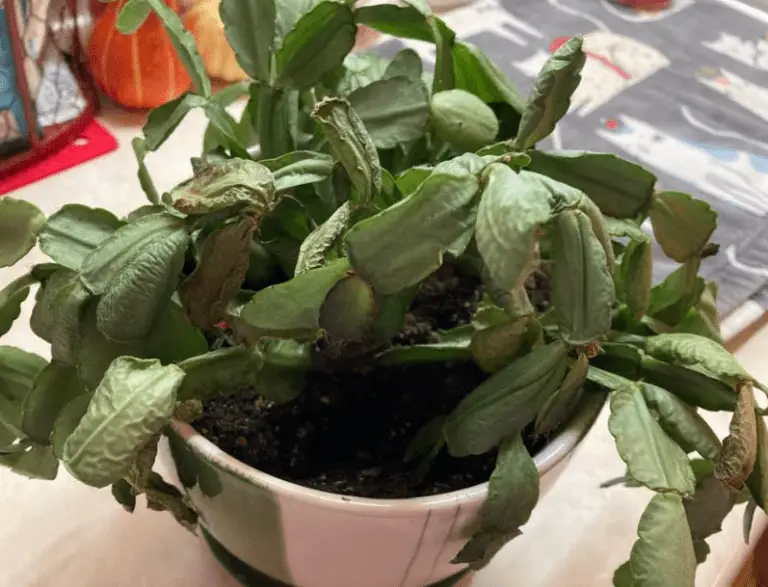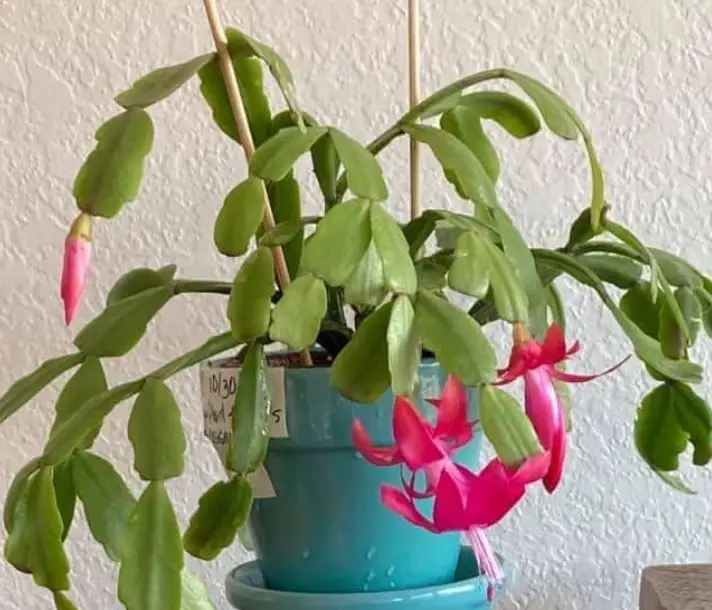Do Christmas Cactus Like to be Rootbound? What to Know
A plant is said to be rootbound when its roots grow into a dense, tangled mass that does not allow space for further growth. Root bounding mainly occurs in plants grown in pots with limited space for expansion.
Similarly, a plant in the garden can also be rootbound when the roots come across a barrier that does not allow them to grow further, such as concrete, stone, or pipes. However, not all plants find this a problem; others even love it that way.
The Christmas cactus likes to be rootbound and grow well, even in a small pot. When planted in a large pot, the plant will focus on filling up roots and might forget even to bloom.
However, the cactus growth can be affected when the root system outgrows the pot. Highly entangled roots won’t take up nutrients and water as needed. This may cause stunted growth, cactus turning yellow, and even wilting to death.
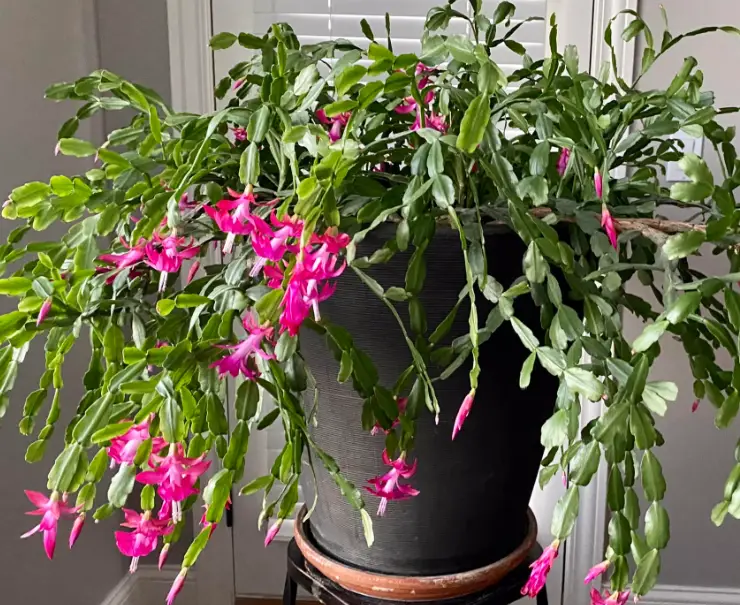
How to tell if Christmas cactus is rootbound
A severely rootbound Christmas cactus means it has outgrown its pot and must be repotted in a bigger pot immediately. You can tell from the following signs:
1. Roots showing above the soil
Roots are naturally supposed to grow downwards. However, when they reach the bottom of the pot, and they have no way out, they will change direction and start growing toward the side or upwards.
For a rootbound plant like the Christmas cactus, one or two roots showing at the top might not be a problem.
However, seeing many roots popping at the top of the soil indicates that the roots have exhausted the space within the pot, and it’s time to repot.
2. Roots popping out through the drainage holes
When the roots of a Christmas cactus lack space to grow inside the pot, they will pop out through the drainage holes to seek more growing grounds. However, does not mean it is ready to be repotted.
The roots could have just found an opening and grown out. Before repotting, analyze the plant for other signs of a root-bound.
3. Leaves turning yellow or brown
A severely root-bound Christmas cactus cannot absorb water and minerals as required. Therefore the plant will not feed, leading to nutrition deficiency. The plant will also get dehydrated despite putting water in it.
Nutrient deficiency and dehydration will cause the plant leaves to turn yellow. However, nutrient deficiency can be caused by failure to fertilize the Christmas cactus and dehydration by under-watering.
So before you conclude that the rootbound plant causes the yellow leaves, ensure to out rule other causes.
4. Stunt growth
As mentioned above, the Christmas cactus feeds through the root like other plants. When the roots are bound, the plant-feeding process will be affected. Failure to absorb minerals will make the plant stunt growth.
5. Wilt Leaves
Wilted Christmas cactus leaves are often caused by a lack of water and exposure to direct sunlight. However, the leaves will wilt due to dehydration when the plant becomes severely rootbound, in a manner that the roots cannot absorb water.
Therefore, if you have been watering and keeping the plant in a bright room with indirect sunlight but it still wilts, check if the roots are severely bounded.
6. Container that is pushed out of shape
When a Christmas cactus becomes severely rootbound, you might notice that the container is pushed outwards or out of shape. The container can even crack due to the pressure of the roots. The soil will also grow increasingly hard despite watering.
What to do when a Christmas cactus rootbound
Although Christmas cacti like to be rootbound, a severely rootbound Christmas cactus should be repotted. However, before you repot, ensure it is absolutely necessary. Look for the signs of a rootbound plant mentioned above.
You might not observe all the signs, but it might be the right time to repot if you notice some. Also, you should rule out other causes of the symptoms, such as the yellowing of leaves, which could also be caused by nutrient deficiency.
Normally you should repot a Christmas cactus once every two to three years. However, if you are unsure if repotting is necessary, remove the Christmas cactus from its pot and look at the roots.
If the soil is holding on to the pot, you can twist the plant gently or use a sterilized knife to help release the soil at the side.
However, you should never repot a Christmas cactus when it has started forming buds or during flowering, because it will drop the buds and flowers. You should wait until the flowering season ends, ideally when the growing season has started.
Recap
Christmas cactus likes to be rootbound, and you should not rush to repot it. However, a severely rootbound Christmas cactus should be repotted because it will not absorb nutrients and water as required, and the plant will not grow properly.
A rootbound Christmas cactus will sometimes show symptoms of dehydration because when the roots are too bound, they will not absorb water making the plant have wilted leaves, yellow leaves, and stunted growth.
Other signs of a rootbound Christmas cactus are roots popping out of the drainage holes or above the soil. Make sure to repot the plant once every two to three years to replenish the soil nutrients.
References
“Holiday Cacti,” the University of Minnesota Extension
“How to care for and get your holiday cactus to rebloom,” Michigan State University
My name is Diane M Lewik, and I am the founder of this website. I am a degree holder in plant biology from the University of California – Berkeley. Over years, I have cultivated a vast collection of succulents and I have learned a great deal about how to grow and care for these unique plants.
